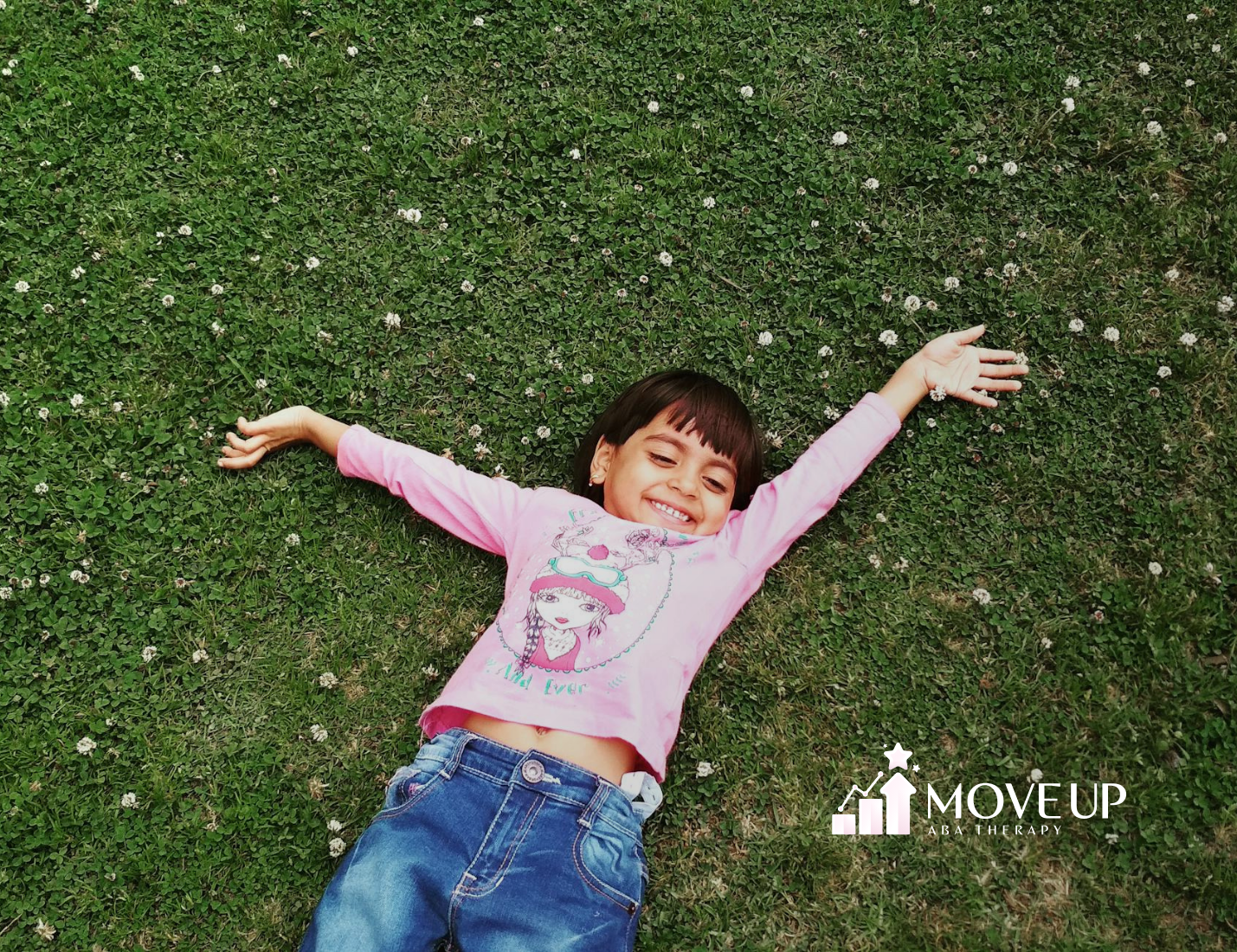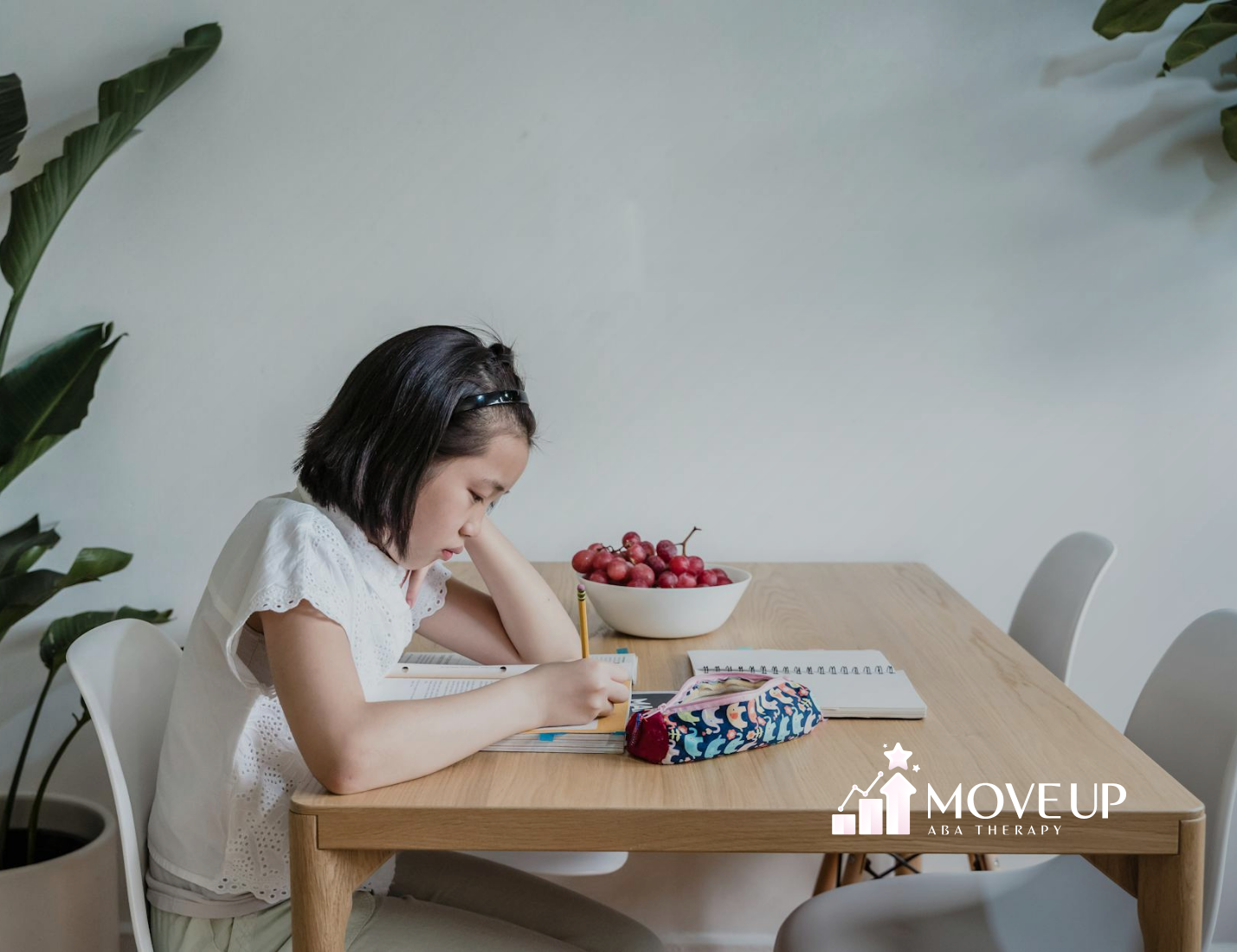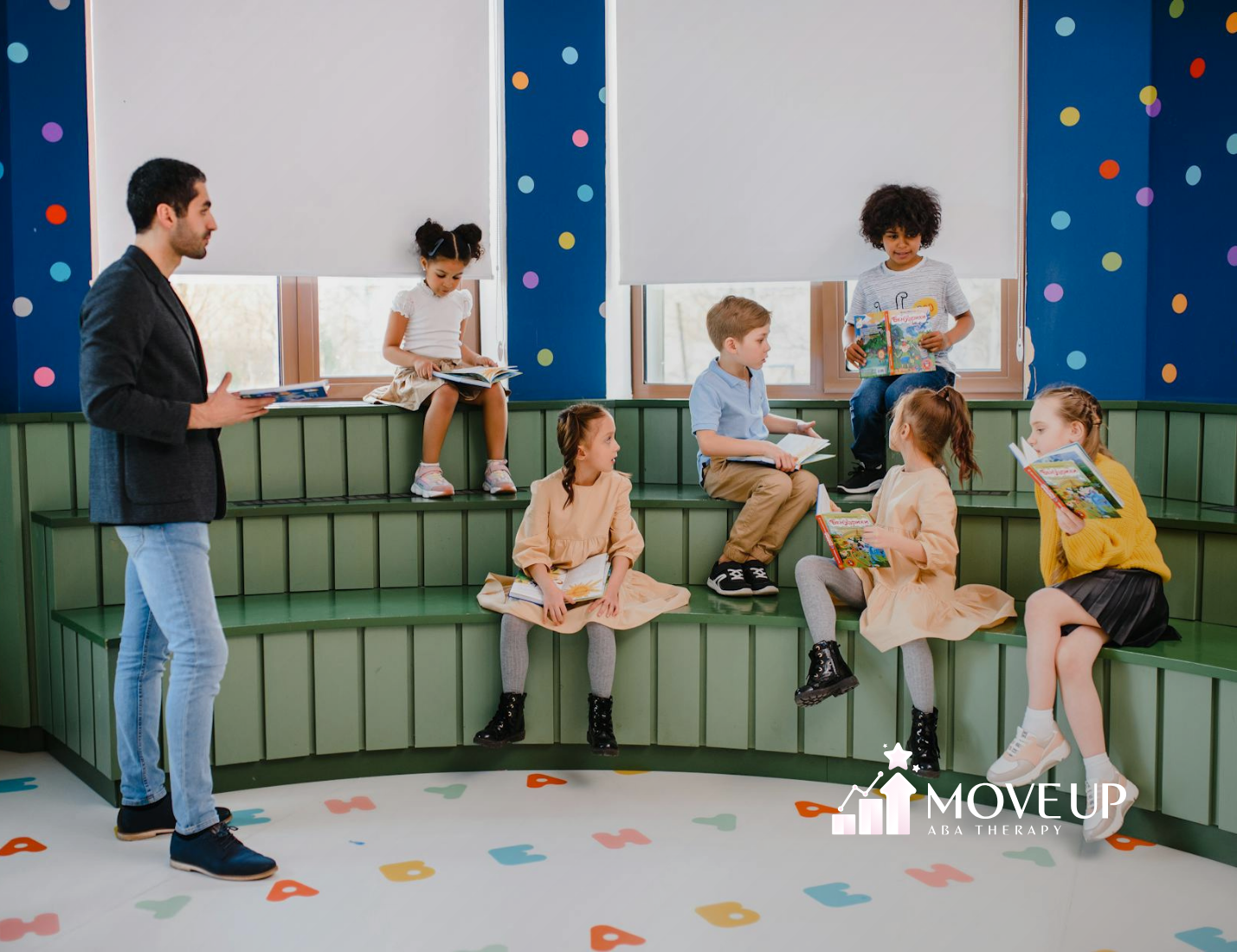Potty training is a major milestone for any child, but when your child is on the autism spectrum, the journey can come with unique challenges. Many parents find themselves feeling unsure of where to begin or how to support their child through the process. Fortunately, Applied Behavior Analysis, or ABA therapy, provides proven tools and techniques to make potty training more achievable and less stressful for families of autistic children.
In this blog, we’ll explore the key components of potty training for children with autism, including signs of readiness, challenges, ABA-based techniques, and how to create a successful potty training plan tailored to your child’s individual needs.
Understanding the Challenges of Potty Training with Autism
Autism affects communication, behavior, and sensory processing—factors that can influence how a child responds to potty training. Here are some common challenges:
- Communication Difficulties: A child may not be able to express when they need to go or may not understand verbal instructions.
- Resistance to Change: Children with autism often struggle with new routines or changes in their environment.
- Sensory Sensitivities: Some children are sensitive to the feeling of sitting on a toilet, flushing sounds, or the texture of toilet paper.
- Delayed Readiness: Autistic children may take longer to reach developmental milestones, including potty training.
Understanding these challenges helps parents set realistic expectations and adopt strategies that are gentle, consistent, and supportive.
Signs Your Autistic Child Might Be Ready for Potty Training
Every child develops at their own pace, and readiness for potty training is no different. Some signs that your child may be ready include:
- Staying dry for at least two hours during the day
- Showing awareness of having a wet or dirty diaper
- Expressing discomfort when their diaper is soiled
- Demonstrating interest in the bathroom or toilet
- Having regular bowel movements
- Being able to follow simple directions
- Having the physical ability to pull pants up and down
It’s essential not to rush the process. Forcing potty training before your child is ready can lead to setbacks and anxiety.
How ABA Therapy Supports Potty Training
Applied Behavior Analysis (ABA) is one of the most effective approaches for teaching skills to children with autism. ABA helps break down complex tasks into manageable steps, uses positive reinforcement, and relies on data to track progress.
Here’s how ABA can support potty training:
1. Task Analysis
ABA therapists use a method called task analysis, which breaks the potty routine into small steps, such as:
- Walk to the bathroom
- Pull down pants
- Sit on the toilet
- Use the toilet
- Wipe
- Flush
- Wash hands
Each step is taught individually until the child can perform the full sequence independently.
2. Prompting and Fading
Children may need help or reminders (prompts) to complete each step. ABA therapists use prompts such as verbal cues, physical guidance, or visual aids. Over time, these prompts are gradually reduced (faded) as the child becomes more independent.
3. Positive Reinforcement
One of the most powerful tools in ABA is reinforcement. When the child completes a step correctly or uses the toilet successfully, they receive a reward such as praise, a sticker, or a small toy. This encourages them to repeat the behavior.
4. Data Collection and Monitoring
Progress is tracked daily to monitor what’s working and what needs adjustment. ABA therapists use data to identify patterns, such as what times of day the child is more likely to be successful.
Step-by-Step Potty Training Plan for Autistic Children
Here’s a general ABA-based plan you can follow to help your child learn to use the toilet. Remember that consistency, patience, and celebration of small wins are key.
Step 1: Preparation
- Choose a time when your child is healthy and not undergoing other major transitions (like starting school or moving).
- Involve your child in the process by letting them choose their potty seat, underwear, or training materials.
- Create a visual schedule or social story that explains the potty routine in a way your child understands.
Step 2: Set Up a Routine
- Begin by scheduling potty times every 30–60 minutes, especially after meals or drinks.
- Take your child to the toilet even if they don’t say they need to go. This helps build the routine.
Step 3: Reinforce Successes
- Immediately praise or reward your child every time they try or succeed.
- Use a consistent reward system, such as a sticker chart or a favorite activity.
- Make the experience fun—sing songs, read books, or play quiet games while they sit on the toilet.
Step 4: Handle Accidents Calmly
- Don’t punish or scold your child for accidents.
- Gently clean up and remind them of what to do next time.
- Keep a change of clothes nearby and be prepared for setbacks.
Step 5: Gradually Increase Independence
- Encourage your child to take more responsibility with each step—pulling down pants, wiping, flushing, and washing hands.
- Reduce prompts over time as your child becomes more confident.
Using Visual Supports for Potty Training
Visuals are incredibly helpful for children with autism. They make routines predictable and easier to understand. Here are a few ideas:
- Visual Schedules: Show each step of the potty process with pictures.
- First-Then Boards: Example: “First potty, then tablet.”
- Social Stories: Short, personalized stories that explain what happens during potty time.
You can find printable visuals online or create your own using photos of your bathroom and your child.
Tips for Success
Here are some additional tips to make potty training more effective:
- Stay Consistent: Use the same routine, words, and rewards every day.
- Use Training Pants Sparingly: Switch to underwear when your child starts making progress, even if there are accidents.
- Limit Distractions: Keep toys and screens away during potty time unless they’re part of the reward.
- Track Fluids: Monitor how much your child drinks and time bathroom visits accordingly.
- Be Patient: Regression is normal. Celebrate progress, not perfection.
When to Seek Professional Help
If your child is over five and still not potty trained, or if potty training causes significant stress, it’s a good idea to consult with a behavior specialist or your child’s therapy team. Signs that extra support may be needed include:
- Fear of the toilet
- Refusal to enter the bathroom
- Frequent constipation or withholding
- Lack of progress after several weeks of training
A trained ABA therapist can evaluate your child’s specific needs and tailor a potty training plan accordingly.
Working with Schools and Caregivers
It’s important to involve teachers, caregivers, and other family members in your potty training efforts to ensure consistency. Provide them with your routine, visuals, and reinforcement strategies so everyone is on the same page.
Realistic Expectations and Encouragement
Remember, potty training is a process, not a race. Some children may take weeks, while others may take months to master it fully. Celebrate every small win—each time your child sits on the toilet, stays dry a little longer, or communicates their need, is a step forward.
With consistency, support, and the right tools, your child can succeed at potty training. And when you see them finally achieve that milestone, it’ll all be worth it.
How Move Up ABA Can Help
Potty training can be especially challenging for children on the autism spectrum, but you don’t have to go through it alone. At Move Up ABA, our experienced therapists specialize in developing personalized potty training programs using ABA strategies tailored to your child’s needs. We support families every step of the way—offering in-home therapy, visual tools, parent coaching, and data-driven approaches that work. Contact us today to learn more about how we can support your child’s development and independence.
Frequently Asked Questions (FAQs)
1. How long does potty training take for a child with autism?
It varies widely—some children may take a few weeks, while others may take several months or longer. Progress depends on communication skills, sensory sensitivities, consistency, and individualized support.
2. What if my child is nonverbal—can they still be potty trained?
Yes, nonverbal children can be potty trained using visual supports, sign language, picture exchange systems, or other alternative communication methods. ABA strategies are very effective in these cases.
3. Should I use pull-ups or go straight to underwear?
If your child shows signs of readiness, transitioning to underwear (even with accidents) can help reinforce awareness. Pull-ups can be useful at night or during outings, but may feel too similar to diapers, making training harder during the day.
Sources:
- https://www.autism.org.uk/advice-and-guidance/topics/behaviour/dealing-with-change/all-audiences
- https://www.autismspeaks.org/sensory-issues
- https://online.regiscollege.edu/blog/task-analysis/
- https://www.motivity.net/blog/aba-prompts-and-prompt-hierarchy
- https://www.autism.org.uk/advice-and-guidance/topics/communication/communication-tools/visual-supports







